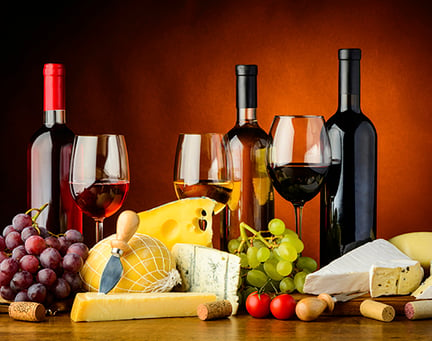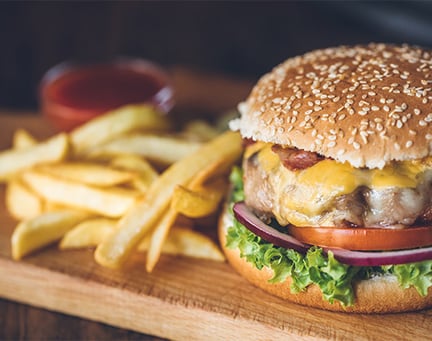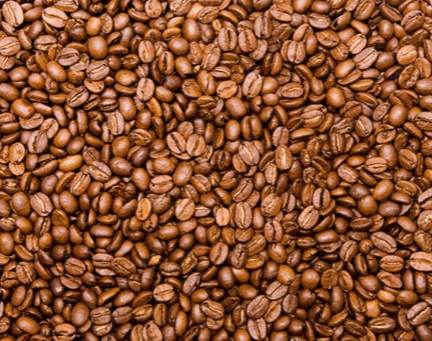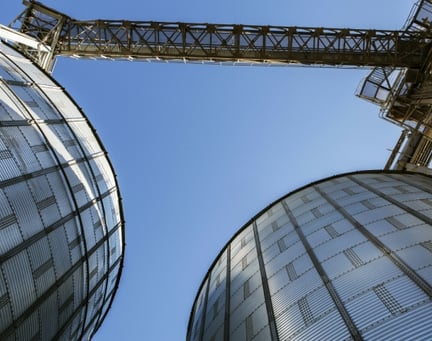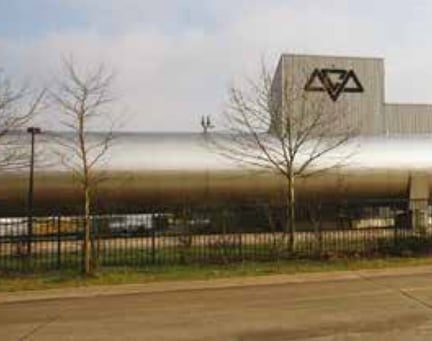On World Food Safety Day, LRQA’s leading food experts pause for breath and ask ‘what now for food safety?’ following an extraordinary year.
Kimberly Coffin
Our voice on supply chain assurance.
The time for the use of technology to drive down food safety and product integrity risk is here and at the top of most companies’ wish list is getting more insight out of the vast amount of data they collect. However, the question for many is how and where to start? Here are my four success factors for data and analytics projects.
Overcoming data paralysis: Almost everyone agrees it’s not a matter of data, but simply having too much, in too many formats to even know where to begin. In reality, this is the wrong start point. Don’t start with the data you’ve got, start with the issues you face and the problems you want to solve. Only then can you understand the data that matters most.
Taxonomy is everything: Understand all the data sources inside and outside your business relevant to the problem you are trying to solve, and then build a multi-tiered risk taxonomy to classify data into meaningful information that drives predictive modelling and insights.
Look outward, think big picture: This means using external food experts - not just software providers - to help design models. Extend your technical team with people that understand your business, supply chain and the world you operate. External expertise with a global perspective will remove blinkered thinking and improve the efficacy of the solution.
Be action-oriented: We live in an age of information overload. The objective is to cut through, not add to, this challenge. Ensure alerts are built around the right triggers and changes in patterns of data - the test is actionable insight. Unless data analytics supports better decision making, it is pointless.
I expect our sector to be at the vanguard of this renewed focus on sustainability efforts.
Enrico Memmo
Our voice on customised assurance for the food, retail and hospitality sector.
For many, the story of the past 18 months has been one of survival and rapidly adapting to new operating conditions. Amidst widespread upheaval, transparency and visibility have never been more important as supply chains were put to the test like never before.
But what of auditing itself? How has a practice driven by face-to-face interaction and the ability to observe adjusted to lockdowns and social distancing?
Pre-Covid, remote audits in food were only just beginning to emerge as a viable option, but over the course of the last year, they have played a vital part in maintaining food safety standards and often ensuring certifications do not expire. They have also given the sector a tool to deal with emerging incidents when travel is not an option. In the past 12 months, over 30% of LRQA's food safety audits have been delivered remotely. We have also conducted over 10,000 remote audits on livestock, seafood, crop and fresh produce farms.
That experience has seen many of the barriers to remote auditing fall away. Culturally, changes to working practices have been more readily adapted. Practically, the auditor’s skill set has evolved to safeguard - and often enhance - the process. And critically, customers have seen that a remote approach can deliver the same high level of service.
The future will be a hybrid of the old and the new, but it’s clear to me that remote auditing is now a permanent addition to the food safety toolkit.
Martin Gill
Our voice on Aquaculture and Fisheries.
In a year like no other, sustainability took on a different meaning for many businesses.
Through no fault of their own, the pandemic will have halted the progress of many businesses in meeting their sustainability goals. Some will have fallen behind ambitious targets. Some will even have taken a step back from the previous year’s achievements.
But in the food sector, the goals of sustainability and safety are intrinsically linked. Both demand robust systems and processes. Both rely on greater visibility from farm to fork. Both, critically, are now fundamental to consumer expectations and perceptions of brands and their products. And while consumers have made allowances given the extraordinary events of the past 18 months, this is already changing – especially given the ‘build back better’ narrative that’s already driving the recovery.
I expect our sector to be at the vanguard of this renewed focus on sustainability efforts. There is clear evidence that climate change is now a major risk to both food security and safety. Packaging continues to be a political and reputational hotspot. And there is a growing consumer understanding that for food to be safe, it must be sourced more responsibly and grown, processed and manufactured by properly paid, safe and well-trained staff.
The lesson is that when everyone across the supply chain believes that food safety is their responsibility, the right results will follow.
Jan Kranghand
Our voice on food safety.
One of the brightest aspects of a difficult year has been the realisation that we have to value our frontline workers – our nurses, doctors, carers and essential service providers. To this list, we must add the people who kept food on our shelves across the world - in the face of huge challenges to supply, staffing and distribution. The resilience of our food supply chains has been nothing short of remarkable.
More remarkable still is that for all the disruption and uncertainty, the commitment to food safety we saw across our client base did not waver. I believe the industry can take great pride in that fact, but should also reflect on the strength of the food safety culture that underpins it.
The lesson is that when everyone across the supply chain believes that food safety is their responsibility, the right results will follow. When put to the ultimate test, people demonstrated that their commitment to food safety ran much deeper than the ticking of a box or signing off a process.
Whether working in the C-suite or at the farm gate, this experience will have forced many to see food safety not as a matter of theory, but as real-life practice. The value of a strong food safety culture has been proven – I expect it to continue to grow in importance.

